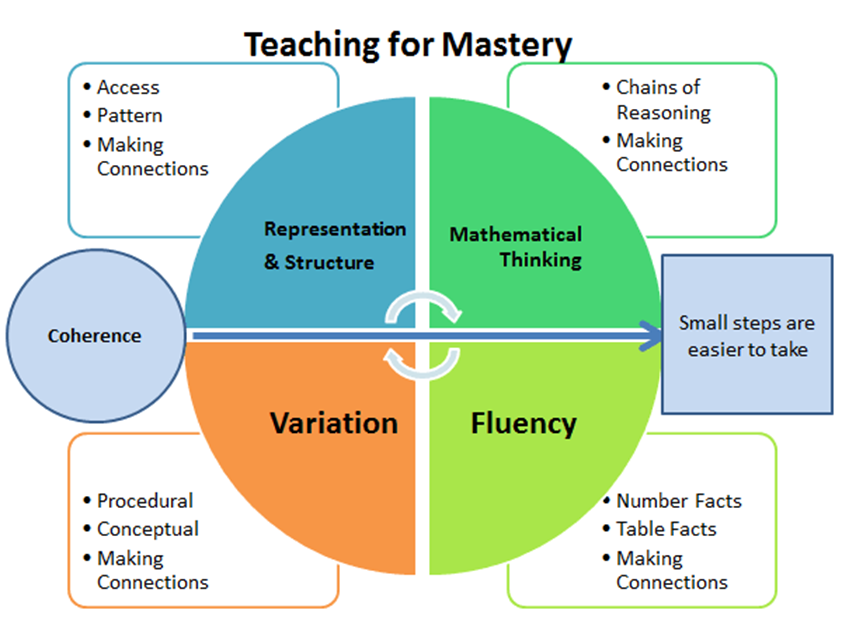Maths

At Herringham Primary Academy, the belief underlining our mathematics approach is that all pupils are capable of understanding and achieving in mathematics, given sufficient time.
Our vision is that all children:
- Have access to a high-quality maths provision that is fun, engaging, and challenges them;
- Have a secure sense of number and are fluent in number facts and use them to reason and problem solve;
- Have a positive attitude and even a love for maths, having the confidence, resilience and fearlessness to persist and take risks;
- Become fluent in the fundamentals of maths, through varied and frequent practice with increasingly complex problems over time;
- Reason mathematically by following a line of enquiry, conjecturing relationships and generalisations, and developing an argument, justification or proof using mathematical language;
- Solve problems by applying their mathematics to a variety of routine and non-routine problems with increasing sophistication, including breaking down problems into a series of simpler steps and persevering in seeking solutions;
- Recognise how mathematics permeates the world around them.
We will achieve our vision through a teaching for mastery approach.
‘Teaching for mastery’ describes the elements of classroom practice and school organisation that give pupils the best chance of mastering maths. A maths concept or skill has been mastered when a child can show it in different ways, use mathematical language to explain their ideas and independently apply the concept to new problems in unfamiliar situations.
In the classroom, concepts are built in small, logical steps and are explored through clear mathematical structures and representations using the concrete-pictorial-abstract approach.
- Concrete: using concrete objects, resources and manipulatives to understand and see the structure
- Pictorial: picture representations of manipulatives, concrete objects and visuals, providing links to concrete resources and abstract notations
- Abstract: using numerals and symbols to solve problems.
Children are taught together as a whole class through interactive teaching and the focus is on depth - not acceleration - so that all children have a chance to embed learning. Procedural fluency and conceptual understanding are developed in tandem because each supports the development of the other. Teaching is supported by high-quality resources which present the flow of lessons coherently and provide opportunities for plenty of intelligent practice.
Mastery is a journey and a long-term goal, achieved through exploration, clarification, practice and application. At each stage of learning, children should be able to demonstrate a deep, conceptual understanding of the topic and be able to build on this over time.
The Five Big Ideas underpins our teaching for mastery approach, developed by the National Centre of Excellence for Teaching Mathematics (NCETM).

How can you help at home?
You can continue to help your child by talking about maths positively at home. Support children with any activities they bring home. Take care to look at the methods and models being used at school.
Please find a list of websites and resources that you may find useful in helping you and your child to practise maths. Games and fun activity websites are also included.
- Numberblocks
- Times Tables Rock Stars
- NumBots
- DoodleMaths and DoodleTables*
- Additive facts chart
- Multiplication Square
- 100 square
- Number Formation
- Topmarks
- Primary Games
Maths manipulatives to use online at home:

